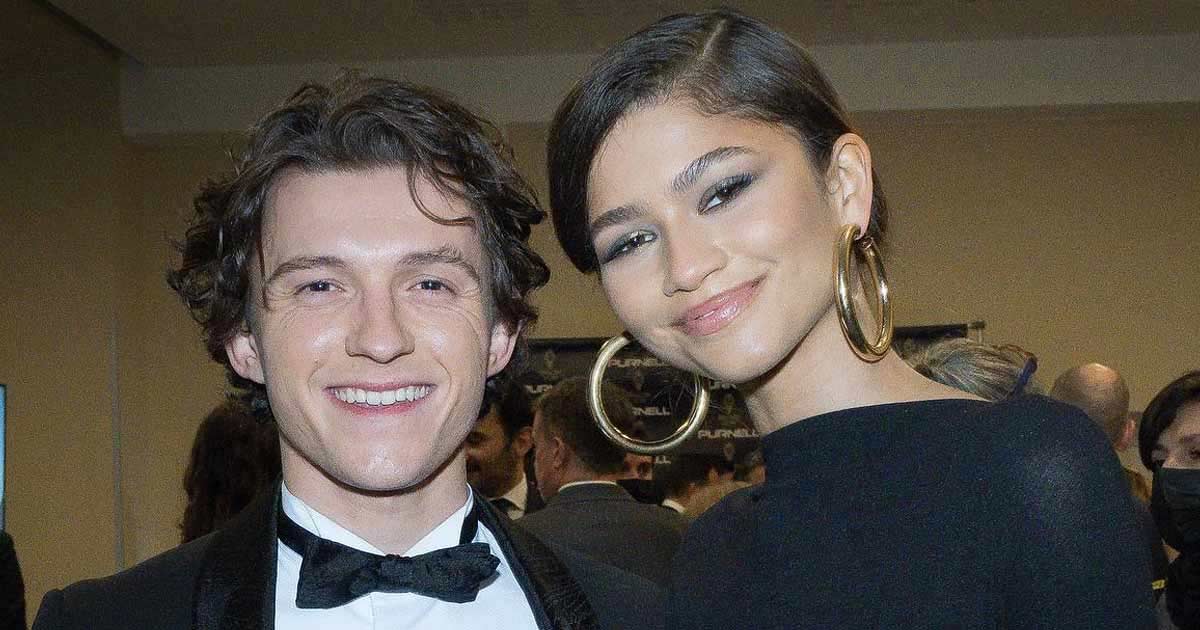For Taakk designer Takuya Morikawa, the Japanese philosophy of reinterpreting foreign elements rather than adopting them wholesale is something he hopes to perpetuate.
After all, that’s how Japan’s fashion luminaries of the 1980s and ‘90s wowed the world, in his opinion.
One of Morikawa’s signatures is textile manipulation and he was in fine form with gradient woven fabrics that included translucent voile to summer-weight wools, or a lace-effect mesh created by printing a motif on top of a weave using plant-based solvents.
There were also new iterations of his 3D embroideries created using strips of the same materials as the garments they were applied to.
Using these for Western menswear staples, entrenched in the Japanese sartorial vernacular since the Western-driven modernization of the late 19th century, resulted in eye-catching summer fare of roomy wide-leg trousers, tailored shorts and short-sleeve shirts.
Tones of pearl grays, greenish blues and sophisticated pinks, as well as the odd floral print, telegraphed a resort-like feel, while black and white were used for sheer materials that lightened their visual impact.
A series of jackets that transitioned into translucent shirts at the chest or sleeves, as well as long and loose jeans in a variegated weave were particularly terrific.
And yes, for the pattern-obsessive, the influence of traditional Japanese clothing could be devined in the width and darts of a trouser leg, the proportion of a jacket or the curve of a collar against the neck.
“Anywhere I go, I will have a Japanese mind,” said Morikawa. His point of view and work certainly make for a welcome addition to Paris’ menswear scene.
For more Paris men’s spring 2025 reviews, click here.




![Kailash Kher opens up about bond with son, love for tea and more [Exclusive] Kailash Kher opens up about bond with son, love for tea and more [Exclusive]](https://st1.bollywoodlife.com/wp-content/uploads/2024/11/211120241732198149.jpeg)


